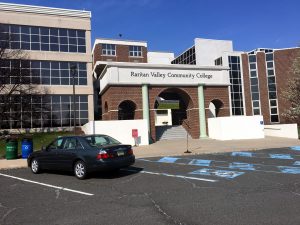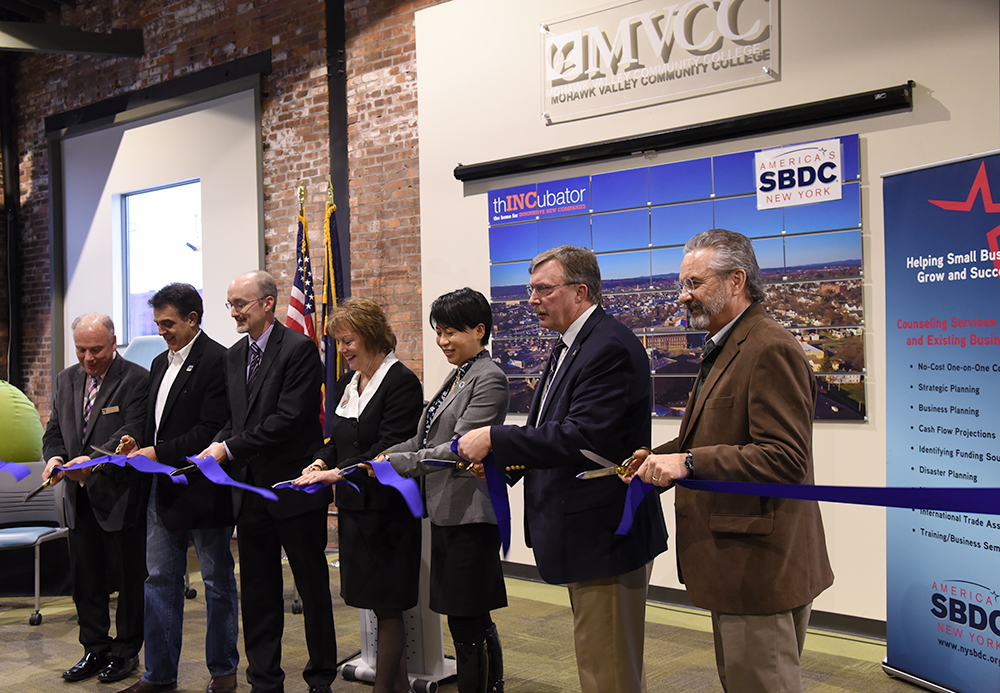By Jonathan Custodio
Campus News
WalletHub, a finance site that offers credit report services, ranked community colleges in the United States by using data from the National Center for Education Statistics, Council for Community and Economic Research, and College Measures.

Columbia-Greene Community College (pictured above), part of the State University of New York (SUNY) and located in the Hudson region, was ranked number one in New York State and rated highly in most categories. Its average aid given exceed tuition by nearly $1,000 and its 35% graduation rate, 12% above the national average, is boosted by its low enrollment and high per-pupil spending, which is ranked 4th in the state at nearly $21,000.
“We were absolutely elated,” said President Dr. Carlee Drummer, appointed to the position earlier this summer. “This really underscores the amazing work of our faculty and staff that has been here at the college. The college was ranked number ten in the country.
She highlighted its “guided pathways” program that helps students know which classes to take, in addition to a campus resource center and tutoring accessibility. “There is an amazing amount of personal attention a student receives from their very first contact at the college. The student feels very much at home and welcome,” said Dr. Drummer.
Charles and Stella Guttman Community College, founded only seven years ago, a couple blocks away from Times Square, recorded nearly $37,000 in per-pupil spending, more than every two-year college in the country.
“School spending efficiency is calculated by dividing per pupil spending by the cost of in-state tuition and fees. The metric is a strong indicator, as it was given full weight,” said WalletHub analyst Jill Gonzalez in an email.
The college’s low enrollment of 955 students, as of 2018, and below-average faculty salaries, though three-fourths of the faculty is full-time, presumably factored into the school’s high per pupil spending as well.

WalletHub did not factor college enrollment in its calculations.
“This list speaks to the incredible opportunities and affordability that can be found at community colleges nationwide, and I’m proud to see LaGuardia ranked so highly,” said LaGuardia Community College Interim President Paul Arcario in a statement; he has been at the Long Island City-based school for more than 30 years. “At LaGuardia, we’re focused on providing opportunities to help our students make better lives for themselves and their families.”
LaGuardia Community College, which has the highest per-pupil-spending and average faculty salary among its two-year peers in the City University of New York (CUNY) system, is also ranked among the top one percent of U.S. two-year colleges in economic mobility, according to the Stanford Center on Poverty and Inequality. The college rounds out the top 40 in the nation.

Community colleges are ranked on three main categories: cost and financing, education outcomes and career outcomes. They are spread across various metrics, including retention rates, student-faculty ratio, school spending efficiency and median salary after attending.
“The overall score is calculated using the weighted average of each metric,” Gonzalez explained.
Ranked number one in New Jersey and twentieth overall, Raritan Valley Community College (RVCC) stood out among other schools with a score of 89% in the return on education investment metric, which measures the ratio of starting salary to cost of education. WalletHub was unable to find data for each college, so some lacked a measurement in the category.
“The big thing we have tried to do is have more students be very intentional about pathways,” says RVCC President Dr. Michael J. McDonough, who has headed the college for five years and emphasizes the need for each student to commit to a plan of study. “There is a campus-wide commitment to helping students overcome barriers.”
Some of those barriers include food access and financial constraints, to which RVCC offers a food pantry and an emergency loan program as resources.
The college also boasts a high retention rate of 70%, fairly consistent in New Jersey, as only two schools were below 60%.

Hudson County Community College has the second-highest tuition in New Jersey and pays its faculty an average salary of $32,005, the lowest in the state by nearly $10,000.
That still beats New Jersey’s average tuition of $16,400, exemplifying the cost-effectiveness of attending community college.
Other New Jersey institutions that stood out included Salem Community College, which has the highest graduation rate in the state at 43% and the lowest student-to-faculty ratio at 16:1, and Mercer Community College, which pays its faculty a higher salary, $73,000, than its peers.
In the New England area, MassBay Community College had the sixth-highest median salary after attending in the nation, numbering at $41,000.
Though 80% of students who graduate transfer to 4-year schools, the college uses pipeline workforce certificate programs in popular areas of study like information systems, accounting, human services, early childhood and automotive technology, says Julie Ginn, director of career services.
Ginn says the college also works with the Jacobs Foundation, a non-profit focused on youth education, to fund technology-based internships.
In both New York and New Jersey, the lowest-ranked schools also had the highest student-faculty ratio.
Most of the data used to rank the community colleges is derived from the 2017-18 school year.






Facebook Comments